Plastic medals + FREE injection mould design
by Plastmakers
Make plastic recycled medals to boost promotion of methods how to post-process plastic waste. In this how to you can find blueprints for very simple injection mould and I describe manufacturing process. Average cycle time approx. 4,5min. / medal.
—
Attachments
Resources
3D Files
- 3D Step File: /files/OPEN_SOURCE/cov-02-0000-01.stp - Preview
- 3D Step File: /files/OPEN_SOURCE/cov-02-0001-01.stp - Preview
- 3D Step File: /files/OPEN_SOURCE/cov-02-0002-01.stp - Preview
- 3D Step File: /files/OPEN_SOURCE/cov-02-0003-01.stp - Preview
- 3D Step File: /files/OPEN_SOURCE/cov-02-0004-01.stp - Preview
Step 1 - 1. What do you need?
- shredded plastic, I recommend to use PP or HDPE
- injection mould - you can download blueprints for free
- injection machine developed by Precious Plastic
- injection mould - you can download blueprints for free
- injection machine developed by Precious Plastic
Step 2 - Prepare material
For 4 medals you need 100g of PP or HDPE.
Select colour as you want.
Shread it into small pieces which you can get into cylinder of injection machine.
Select colour as you want.
Shread it into small pieces which you can get into cylinder of injection machine.
Step 3 - Prepare injection mould
Mould is very simple.
It consists of 4 parts:
- connector is made from machined aluminium (same design as for dome joints)
- top plate, middle plate and bottom plate were laser cutted
- you can also add engraving to make lables on every medal as you want.
We made laser engraving in depth of 0,3mm.
Middle part and bottom part are connected with bolts.
To make holes in plastic part I finally used a bolt M6 which I screw inside for every medal before every injection.
It consists of 4 parts:
- connector is made from machined aluminium (same design as for dome joints)
- top plate, middle plate and bottom plate were laser cutted
- you can also add engraving to make lables on every medal as you want.
We made laser engraving in depth of 0,3mm.
Middle part and bottom part are connected with bolts.
To make holes in plastic part I finally used a bolt M6 which I screw inside for every medal before every injection.
Step 4 - Injection moulding
Temperature setting depends on type of plastic.
For HDPE I used 260 deg. C
Melting time 18 min. (depends on size of shredded particles)
After injection leave mould for 2 min closed.
Remove medals and cut edges.
In video or picture below you can see it was difficult to press it. I used material from oil bottles which was difficult to inject. :D
#floorislava
For HDPE I used 260 deg. C
Melting time 18 min. (depends on size of shredded particles)
After injection leave mould for 2 min closed.
Remove medals and cut edges.
In video or picture below you can see it was difficult to press it. I used material from oil bottles which was difficult to inject. :D
#floorislava
Step 5 - Make people happy
The medal itself has little effect on the overall solution of the planet's plastic pollution. But if you understand it correctly, for example, as part of an event for the public, you can teach people the real use of plastics for new things. In this case, even a small medal can serve as an interesting gift and motivate people to reduce plastic consumption. During Olympic Festival in Prague we made more than 1000 plastic medals :)
+ easy to make
+ interesting for public
+ you can use medal also as coaster or attach it to keys
- stiffness of mould is not very good => if you apply more force plastic can flow out easily and you need cut more plastic.
Get in touch: https://linktr.ee/plastmakers
+ easy to make
+ interesting for public
+ you can use medal also as coaster or attach it to keys
- stiffness of mould is not very good => if you apply more force plastic can flow out easily and you need cut more plastic.
Get in touch: https://linktr.ee/plastmakers
—
—
—
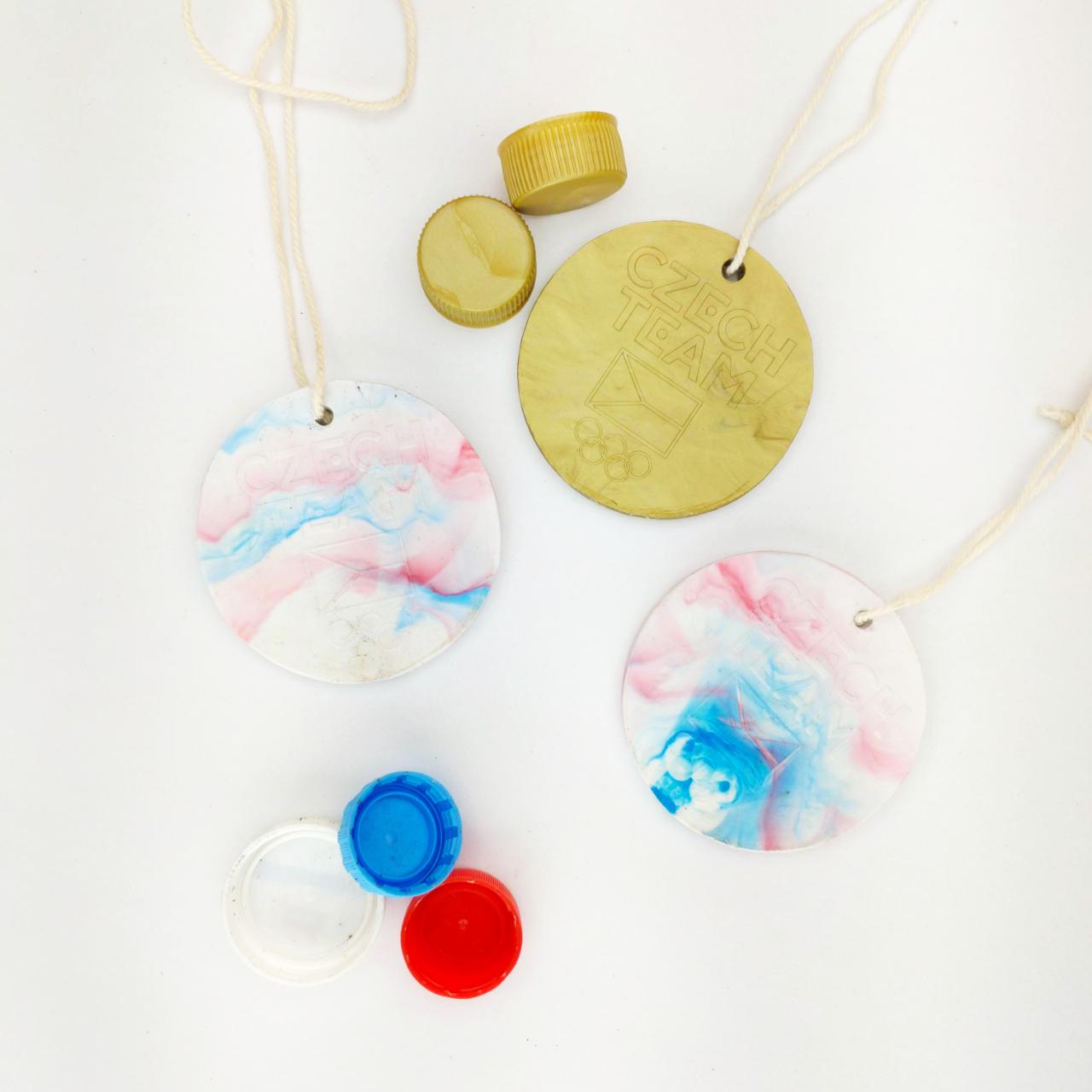


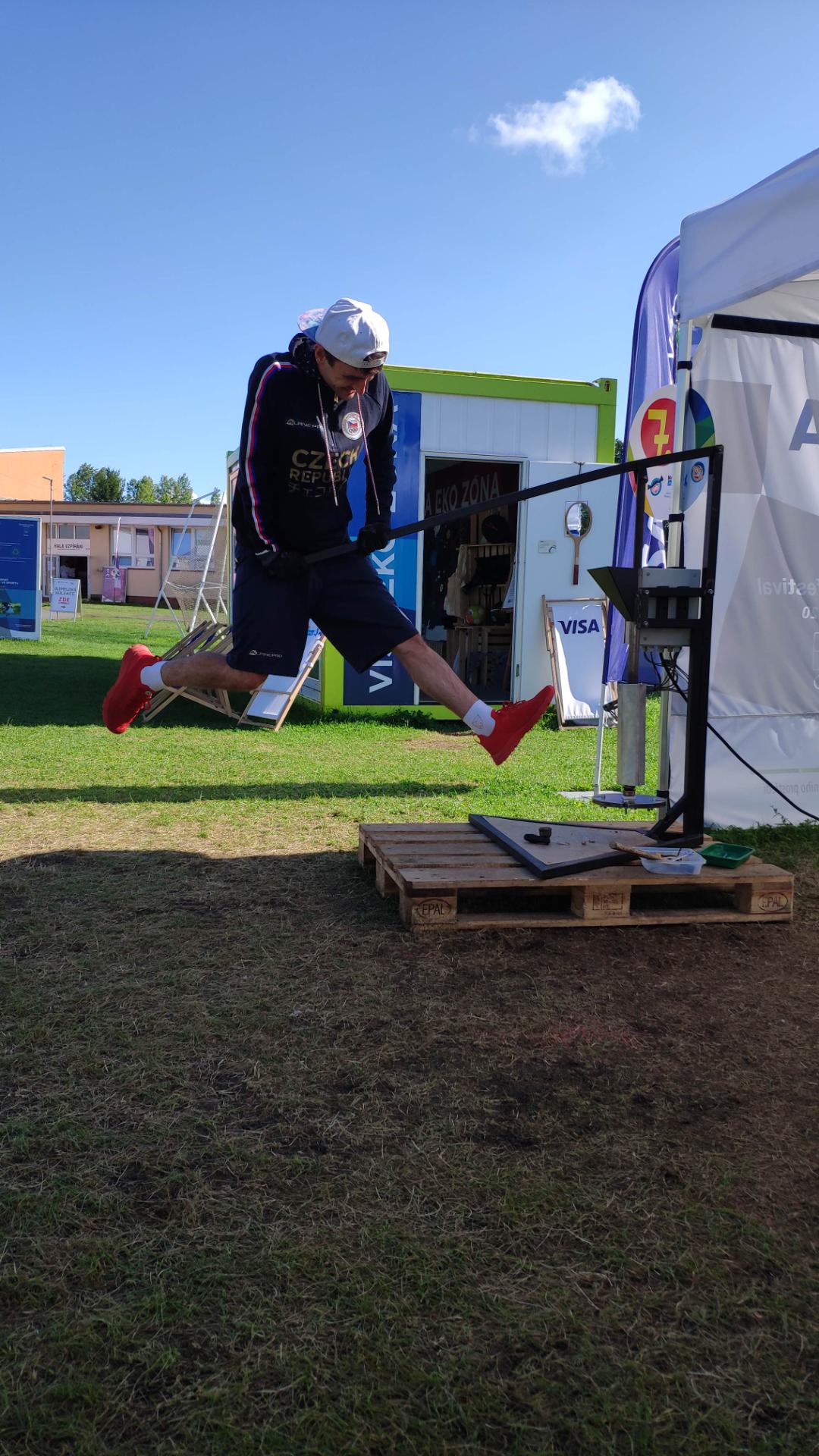
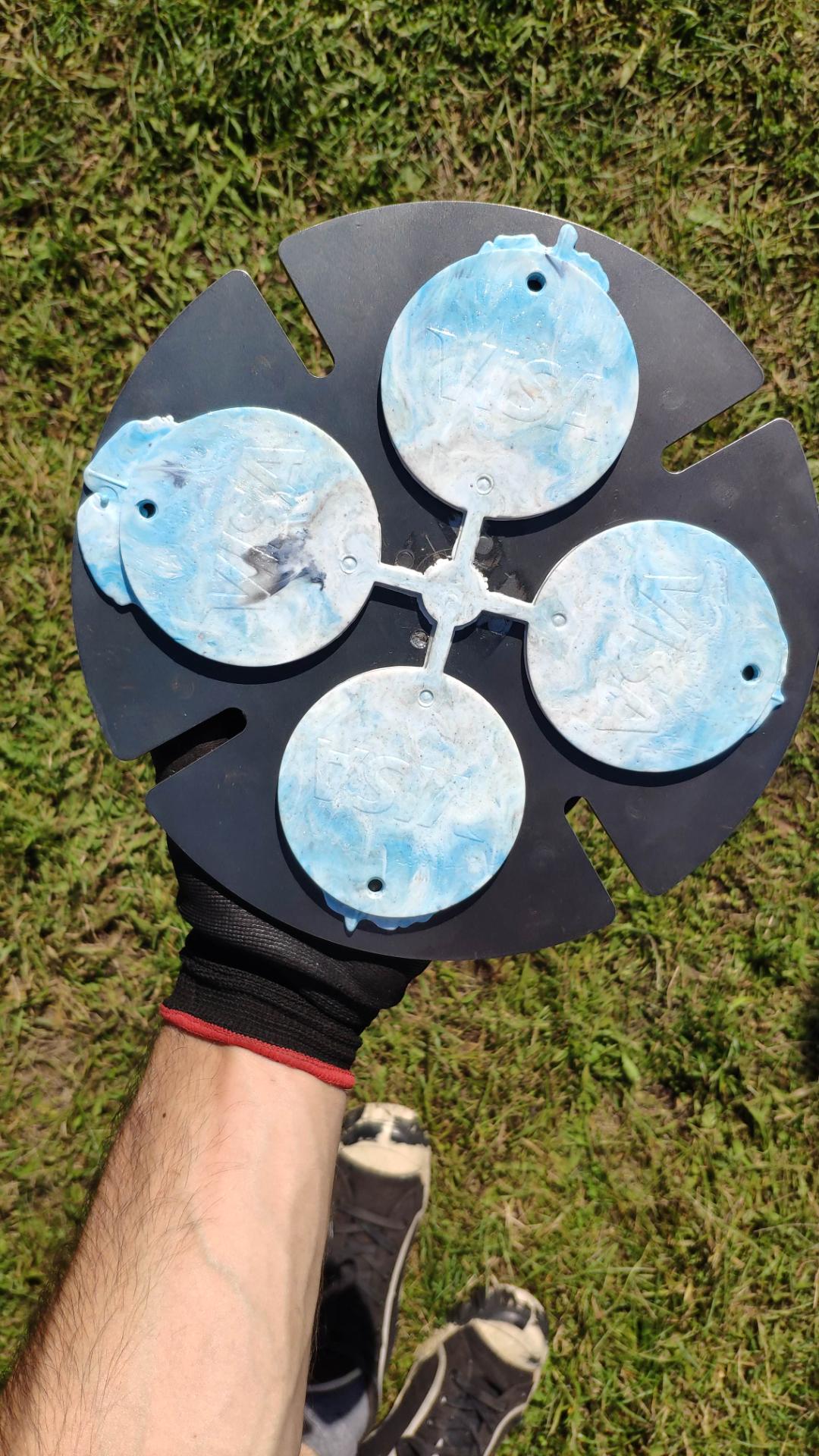
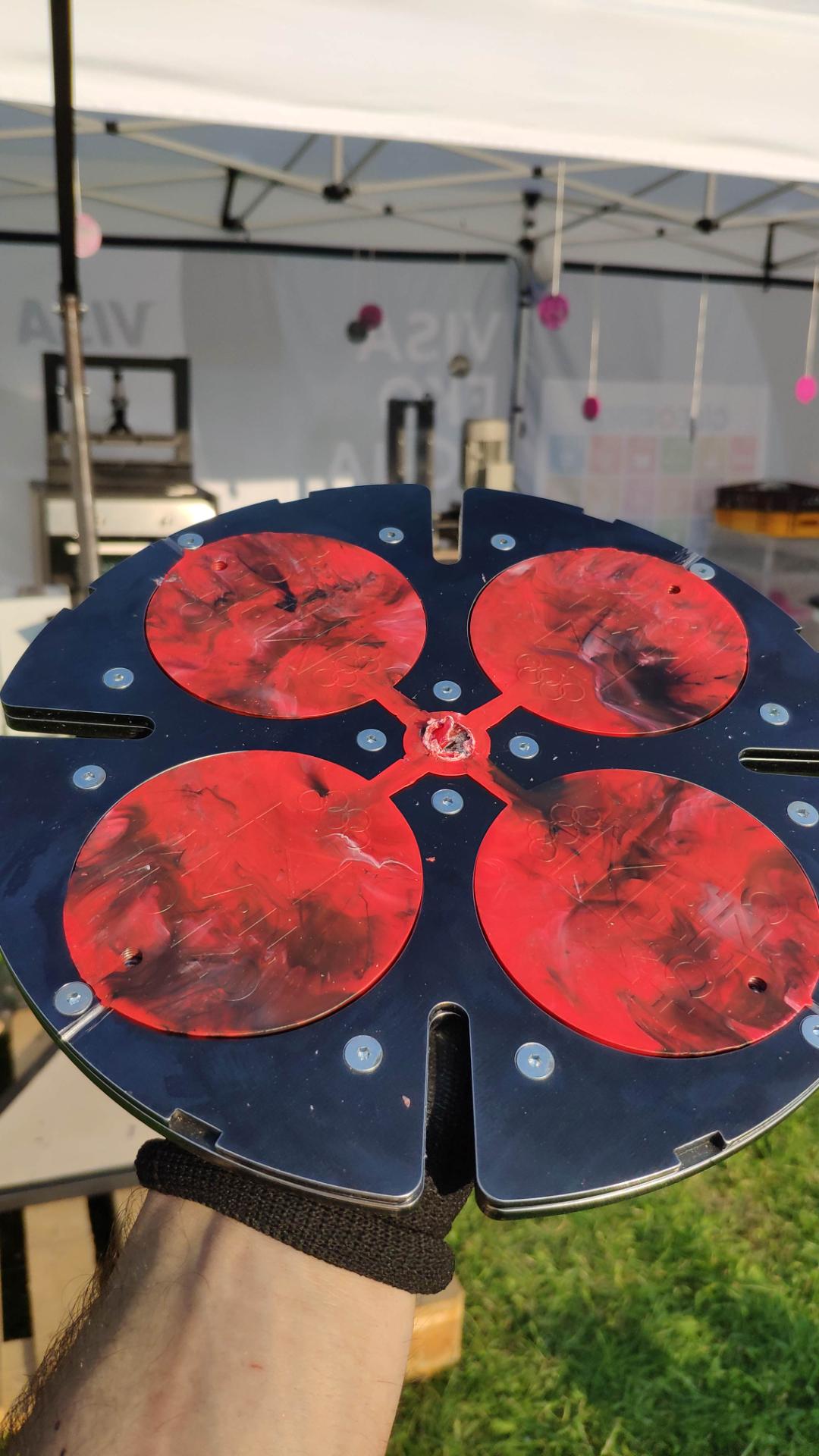

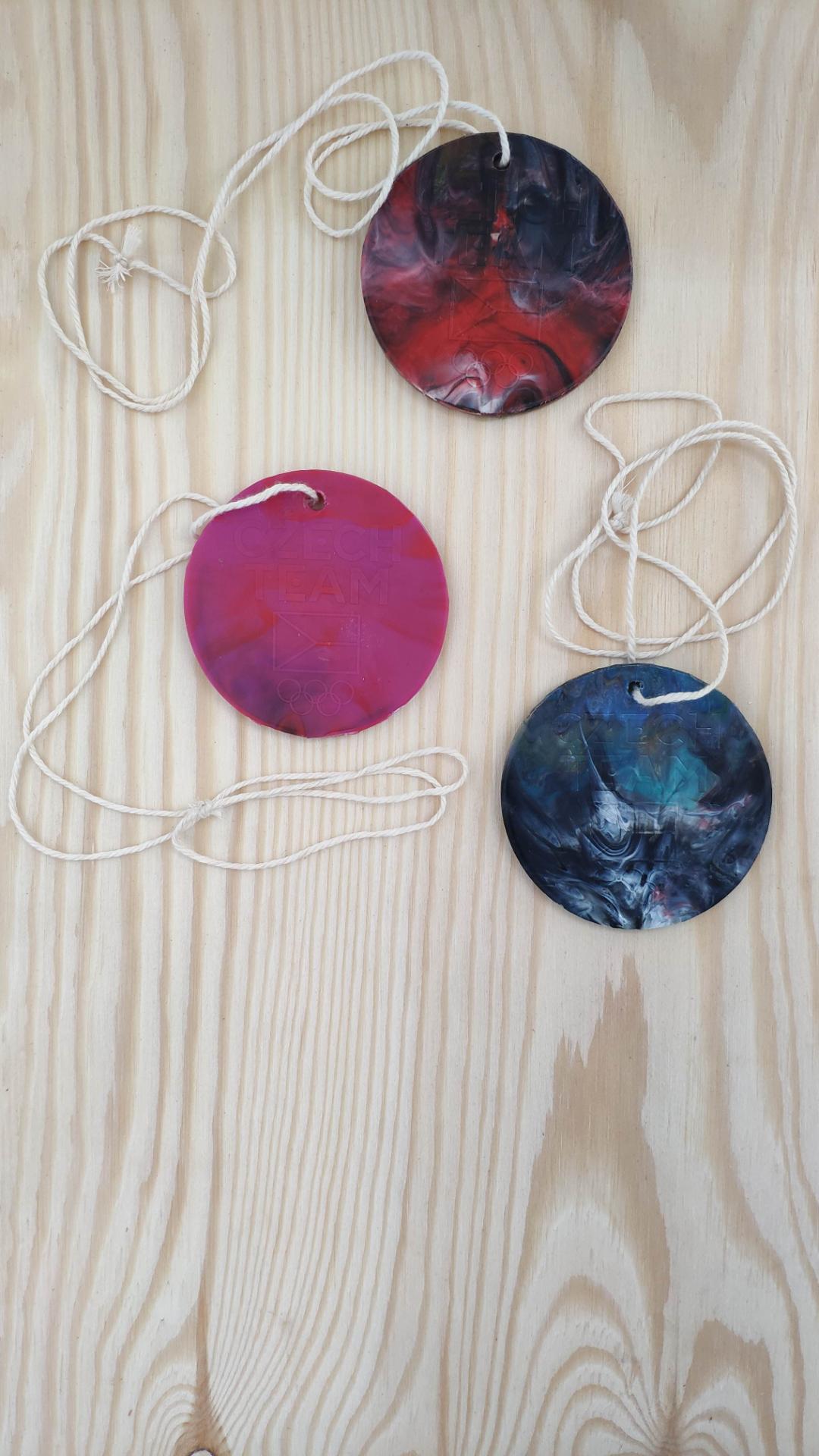
Comments